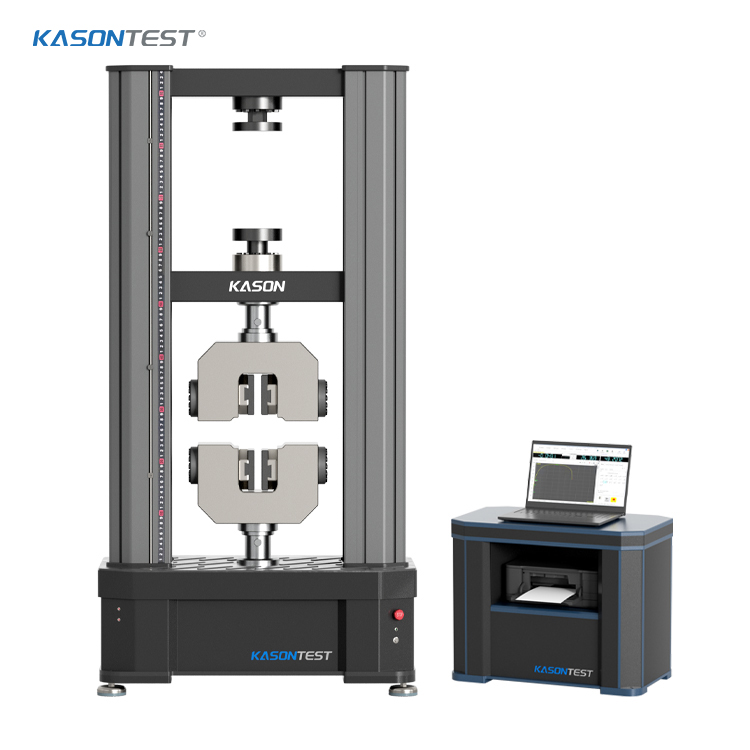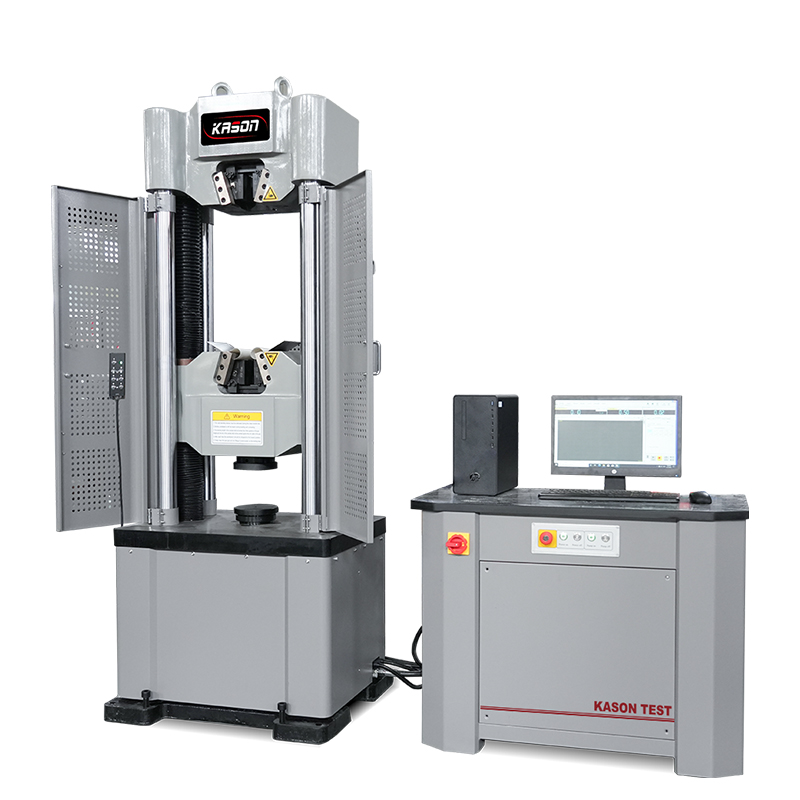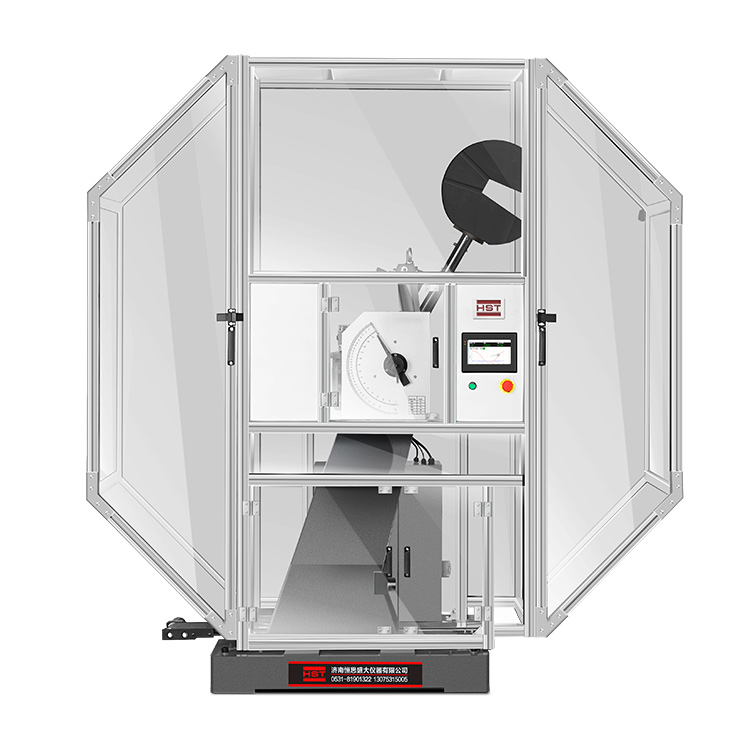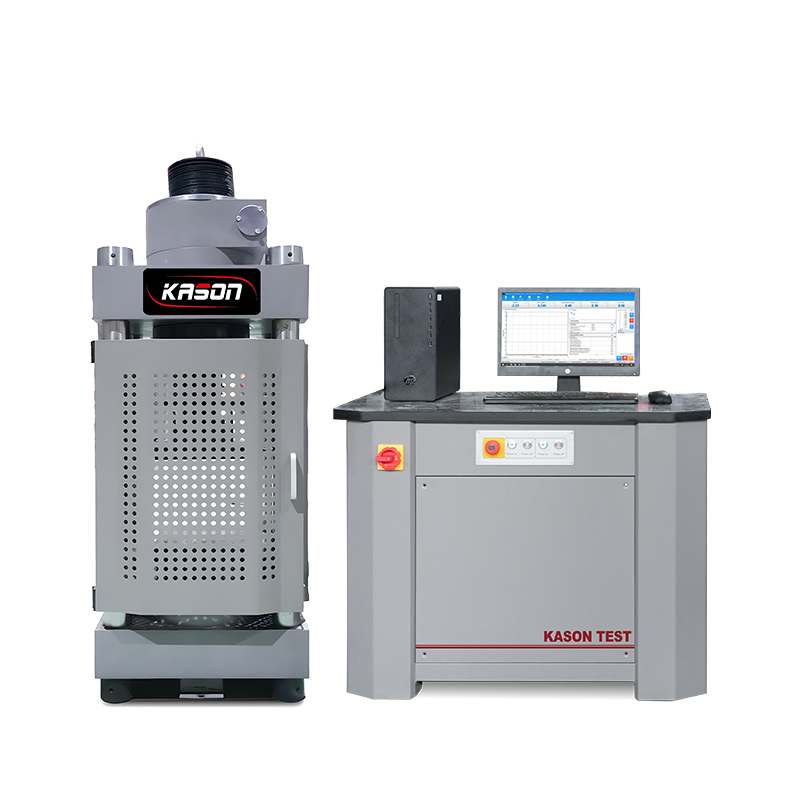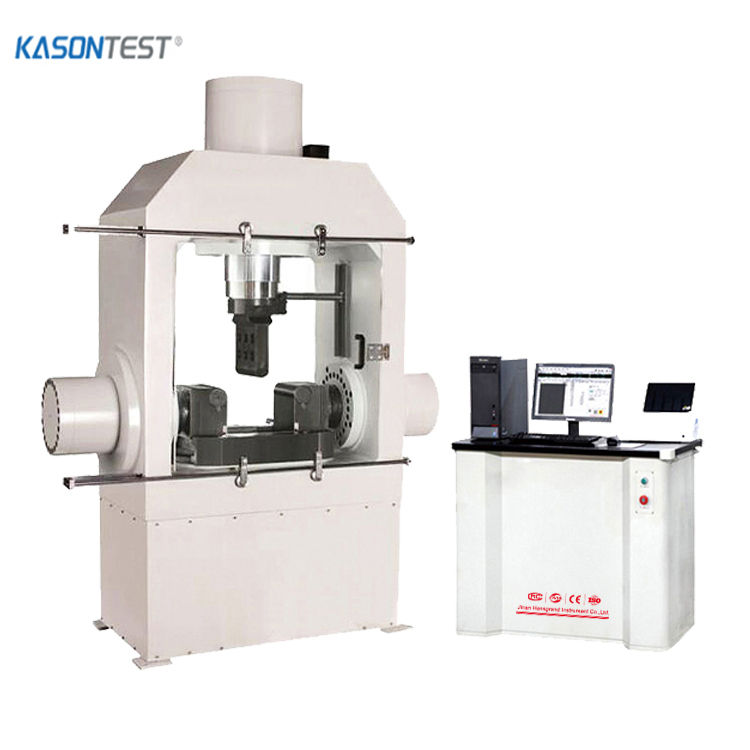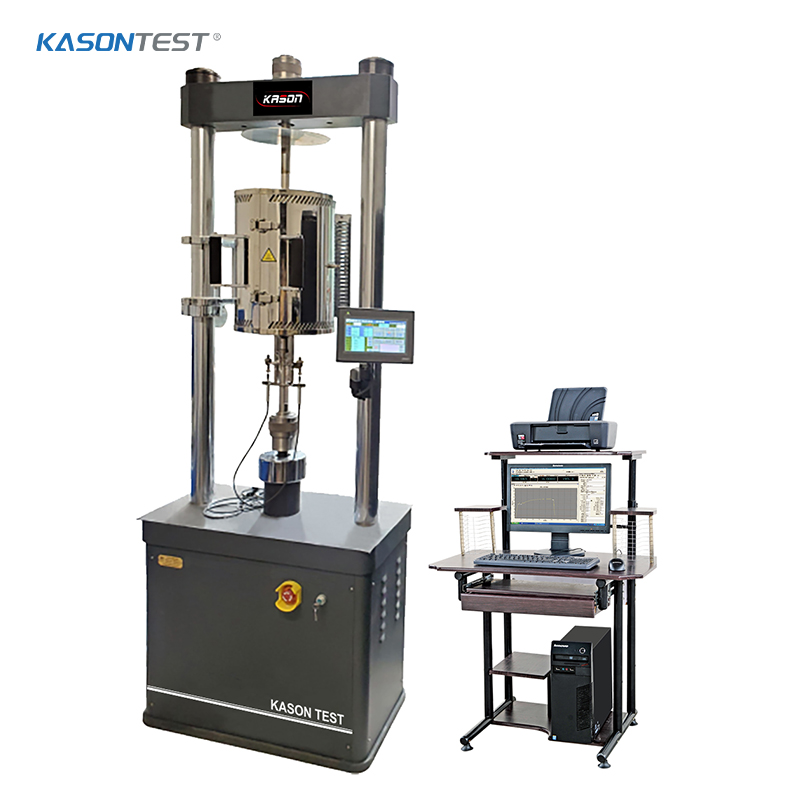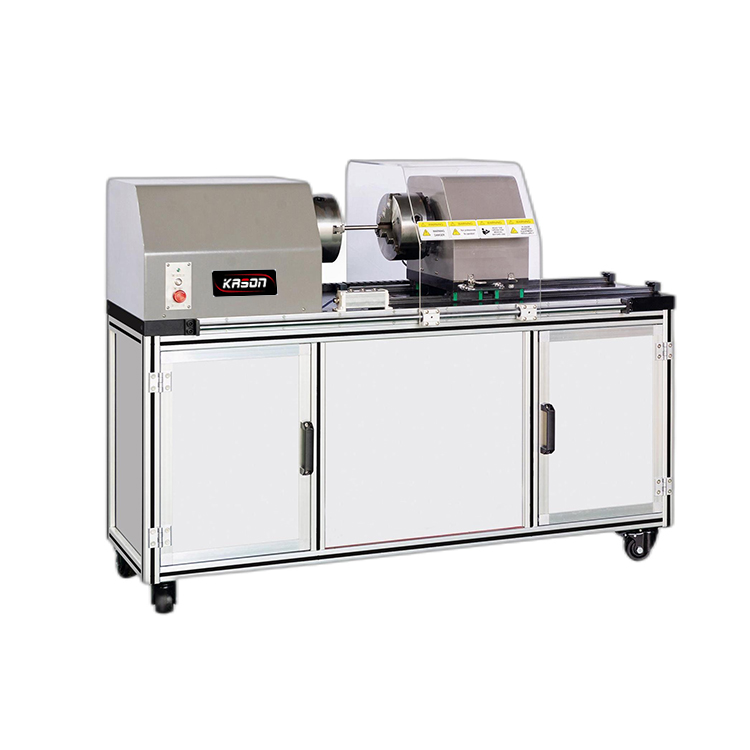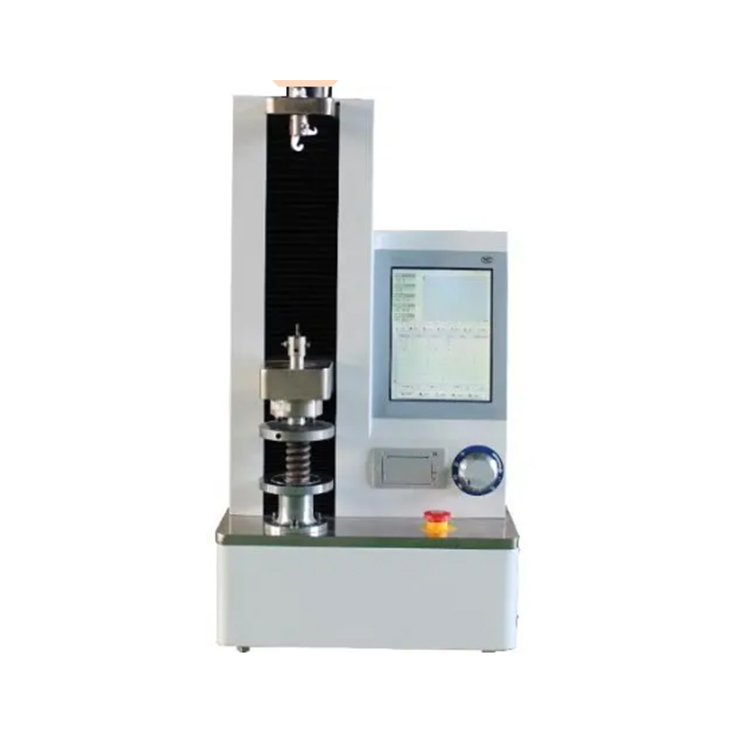ASTM F88 Seal Strength of Flexible Barrier Materials
HOW TO PERFORM AN ASTM F88 PEEL TEST ON PACKAGINGStandard At A Glance:Materials
Biomedical:Test Types
Peel, Tear and Friction
Standard: ASTM F88
In the medical device and packaging industries, sterilization is a big concern. Whether a device is disposable or intended to be re-sterilized and re-used, all medical packaging must have seals strong enough to protect the sterility of the product while also being easy for healthcare providers to open. In order to ensure that packaging achieves this delicate balance, many manufacturers follow testing standards such as ASTM F88 to measure the tensile strength of the adhesives used in medical device packaging. This guide is designed to introduce you to the basic elements of an ASTM F88 peel test and will provide an overview of the equipment, software, and samples needed. However, anyone planning to conduct ASTM F88 testing should not consider this guide an adequate substitute for reading and following the full standard.
What Does it Measure?
ASTM F88 measures the peel strength of packaging in one of two peel configurations under normal ambient temperatures. It does NOT measure the peel strength of packaged products, such as a sterile packaged syringe. Testing a packaged product is often useful for companies, but is considered outside of the scope of ASTM F88.
ASTM F88 is conducted on a universal testing machine (also called a tensile testing machine) at a rate between 200 and 300 mm/min (8 to 12 in/min). The standard calls for the calculation of two measurements:
Average Seal Strength - The average force per specimen adhesion width throughout the peel test.
Maximum Seal Strength - The maximum force point recorded per specimen adhesion width that occurs during the peel test.
Both of these calculations are determined by analyzing data points acquired during each test. The standard recommends that these calculations be applied between 10% and 90% of the total acquired points.

